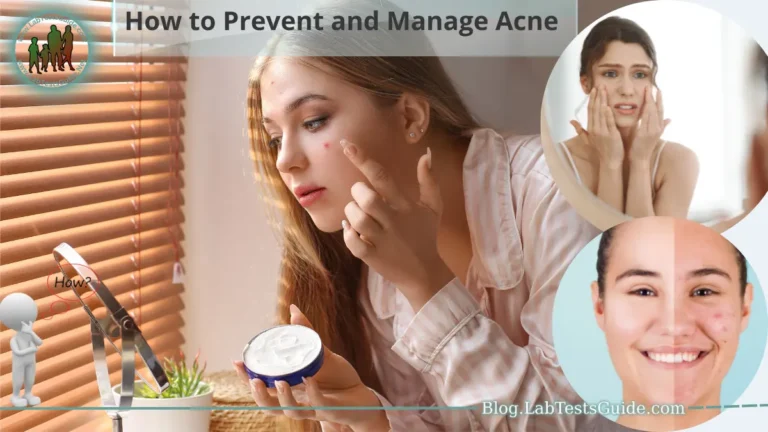The sun provides us with heat, light and many other benefits. However, it also emits harmful ultraviolet (UV) radiation that can damage our skin and increase the risk of skin cancer. Protecting your skin from the sun is essential to maintaining healthy skin and reducing the risk of sun damage. This guide will provide an overview of the harmful effects of sun exposure, factors that increase the risk of skin damage, and effective strategies to protect your skin from the sun.

The harmful effects of sun exposure:
Sun exposure can cause a range of harmful effects on the skin, including.
- Sunburn: Sunburn occurs when the skin is exposed to too much UV radiation. It can cause redness, pain, and peeling.
- Premature Aging: UV radiation can break down collagen in the skin, which can lead to premature aging, including wrinkles, fine lines, and age spots.
- Skin Cancer: Exposure to ultraviolet radiation is the leading cause of skin cancer, which is the most common type of cancer in the United States. There are three main types of skin cancer: basal cell carcinoma, squamous cell carcinoma, and melanoma.
- Eye damage: UV radiation can also cause damage to the eyes, including cataracts and macular degeneration.
It is important to take steps to protect your skin from the sun to reduce the risk of these harmful effects.
Types of skin damage caused by sun exposure:
There are several types of skin damage that can be caused by sun exposure.
- Sunburn: This is the most common type of skin damage caused by the sun. It occurs when the skin is exposed to too much UV radiation and it becomes red, sensitive and painful.
- Photoaging: Over time, exposure to UV radiation can cause the skin to become thick, leathery, and wrinkled. This is known as photoaging and can make you look older than your actual age.
- Actinic Keratosis: These are rough, scaly patches that can develop on the skin as a result of sun damage. They are considered a precancerous condition and should be monitored by a dermatologist.
- Skin Cancer: The most serious type of skin damage caused by sun exposure is skin cancer. The three main types of skin cancer are basal cell carcinoma, squamous cell carcinoma, and melanoma.
How to protect your skin from the sun:
- Use sunscreen: Use a broad-spectrum sunscreen with an SPF of at least 30 and apply it liberally to all exposed skin. Reapply every two hours or after swimming or sweating.
- Wear protective clothing: Covering up with long-sleeved shirts, pants, and wide-brimmed hats can provide additional protection from the sun.
- Seek shade: Limit your time in the sun, especially between 10 a.m. and 5 p.m. m. and 4 p.m. m., when ultraviolet radiation is strongest.
- Avoid tanning beds: Tanning beds emit ultraviolet radiation that can damage the skin and increase the risk of skin cancer.
Be aware of medication side effects:
Some medications can make the skin more sensitive to sunlight, increasing the risk of sunburn and skin damage. These medications include certain antibiotics, anti-inflammatory drugs, antihistamines, and some chemotherapy drugs. It’s important to always read the medication labels and speak to your doctor or pharmacist if you have any questions or concerns about how your medication may affect your skin’s sensitivity to sunlight. If you are taking medication that makes your skin more sensitive, you should take extra precautions to protect your skin from the sun when you are outdoors.
Check your skin regularly for changes:
It’s important to regularly check your skin for any changes, especially if you spend a lot of time in the sun. Look for new or changing moles, freckles, or other spots on the skin. If you notice any change in the size, shape, color, or texture of a mole or blemish, or if it starts to bleed or itch, it’s important to get it checked out by a dermatologist. Early detection of skin cancer can greatly increase the chances of treatment success. It is recommended to perform a skin self-exam once a month and a professional skin examination by a dermatologist at least once a year.
Conclusion:
In conclusion, protecting the skin from the harmful effects of the sun is essential to maintain healthy skin and prevent skin cancer. By understanding the risks of sun exposure and taking preventative measures, such as wearing protective clothing, using sunscreen, and avoiding peak sun hours, you can significantly reduce your risk of developing skin damage or skin cancer. Also, being aware of medication side effects and checking your skin regularly for changes can help you catch any problems early and seek immediate medical attention if necessary. By following these sun protection best practices, you can enjoy time outdoors while still prioritizing your skin’s health.






